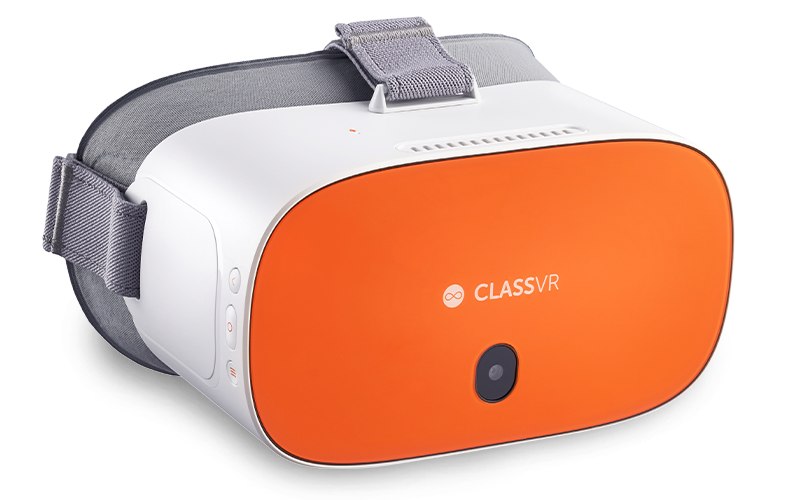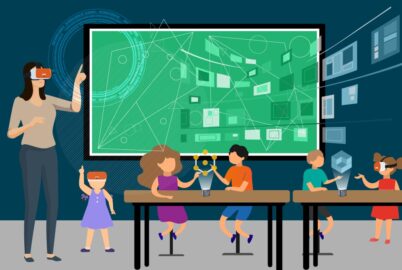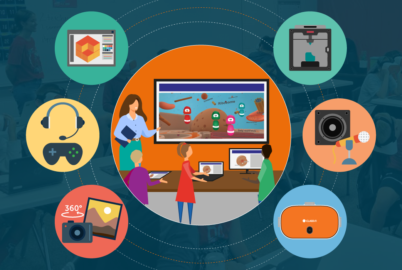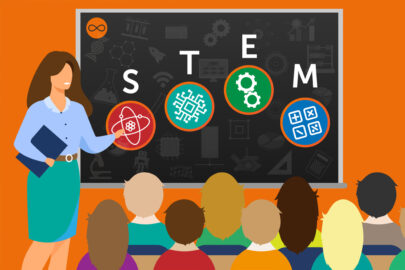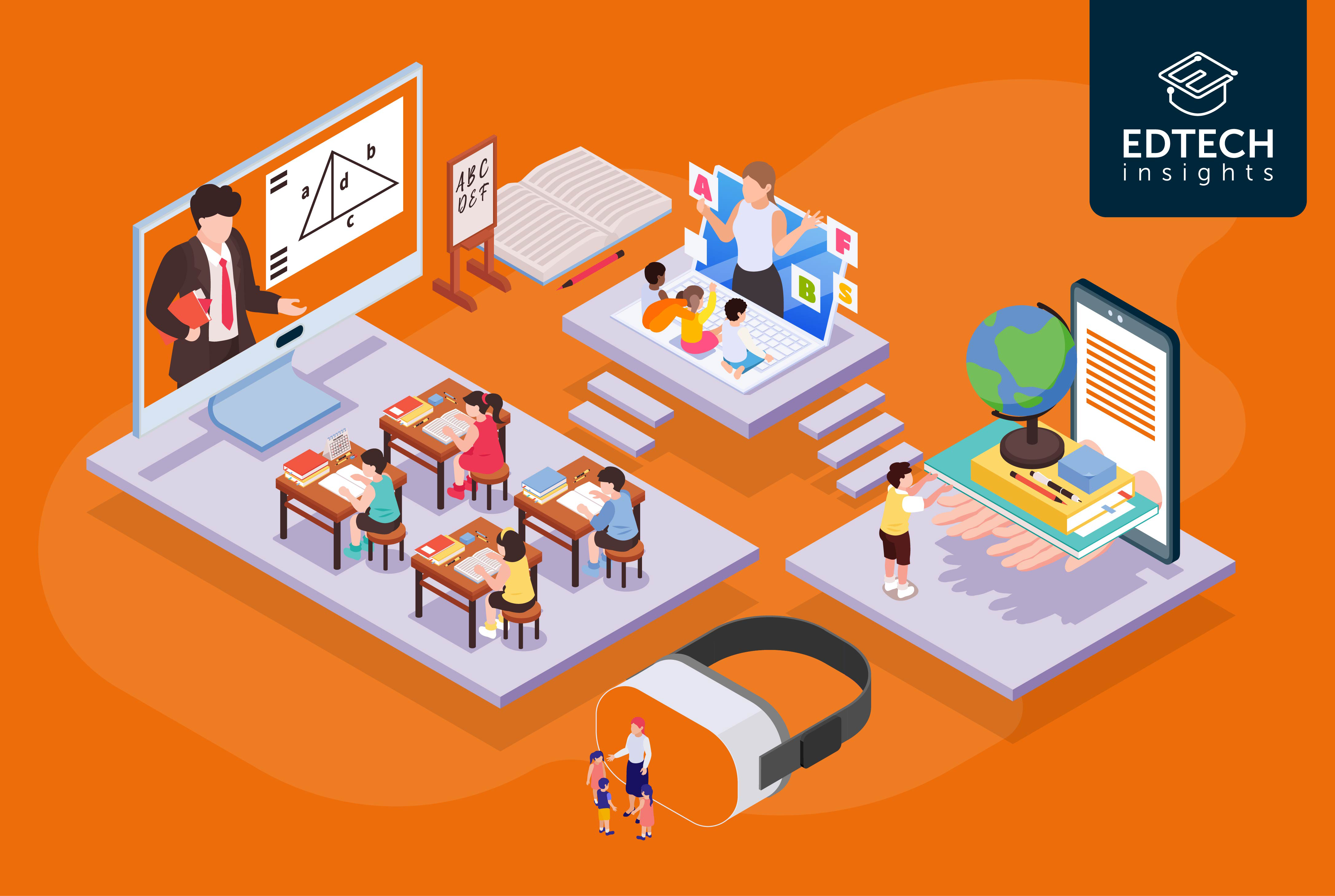
We’re living in a very exciting time for education. Educational technology, or EdTech, is opening up endless new possibilities for teaching and learning. There’s no better example of this than digital classrooms, which truly transform the way students interact with teachers, learning material and one another. What is a digital classroom, and how do you know you’ve succeeded in creating one? Read on to find out.
Table of contents
- What is the meaning of “digital classroom”?
- How does learning work in a digital classroom?
- What might a typical digital classroom equipment list look like?
- What’s the difference between a digital classroom and a smart classroom?
- What are the benefits of learning in a digital classroom?
- What’s the key to success when you’re creating a digital classroom?
What is the meaning of “digital classroom”?
When most people hear the word “classroom,” they probably think of a room in a school building with seats, desks, a whiteboard and so on. It’s a place for learning that’s rooted in things that you can physically touch.
In contrast, a digital classroom is a learning space that’s not restricted to physical elements students can see and touch in a room or building.
Let’s think about Facebook or X (formerly Twitter). Both of these entities feel like places, not just groupings of words and pictures on a computer screen, don’t they? We can “go to” these places, see familiar faces, take part in conversations, and so on, just as we would in a physical location like a coffee shop.
In the same sense, a digital classroom is a digital place for learning. The starting point of a digital classroom may be the physical classroom in a school, but a digital classroom encapsulates so much more than that. Likewise, there is a physical Facebook headquarters in Silicon Valley, but Facebook itself doesn’t just exist in that California office. It’s everywhere.
"EdTech isn't just changing the way we teach; it's revolutionising the way we think about education. By breaking down the walls of the classroom, we open up a world where learning is boundless, collaborative, and tailored to each student's journey. This is the true power of educational technology." – Daniel Bryant (Integrated Development Leader & Immersive Technology)
How does learning work in a digital classroom?
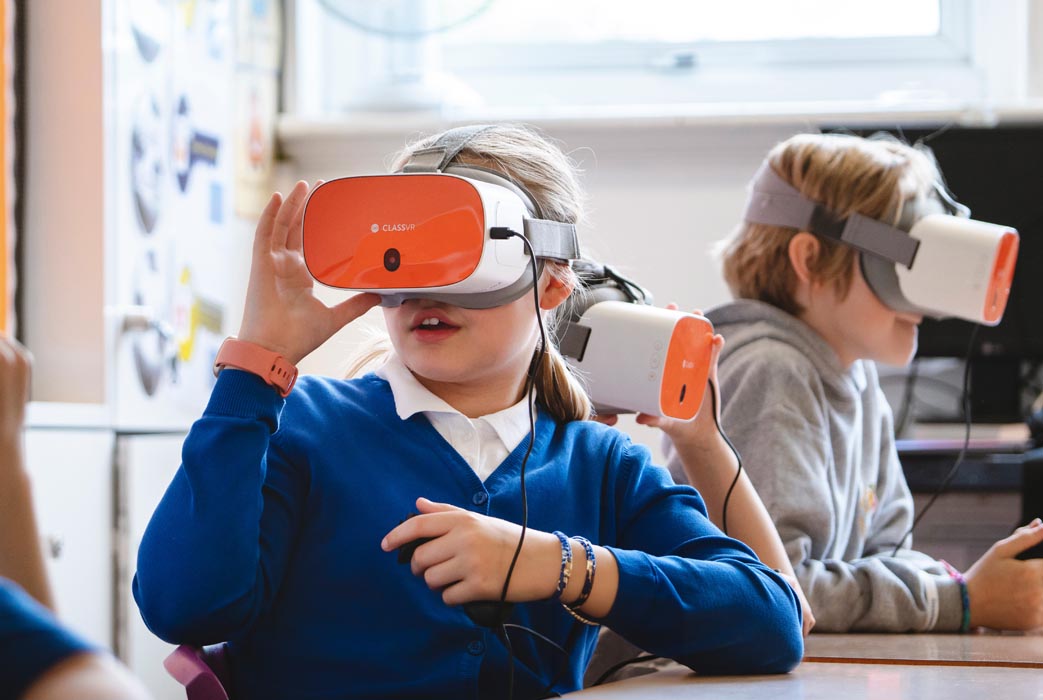
In a digital classroom, conversations and learning are supported by and intertwined with technology. Students can connect with one another and with teachers digitally, and they can go to this online learning space to track their progress, see teacher feedback, access learning materials and much more. Students may also explore virtual environments or virtual objects through virtual reality and augmented reality.
"In the digital age, education is not just about transferring knowledge; it's about creating connections, fostering curiosity, and empowering students to shape their own learning paths. Our role as edtech innovators is to build the bridges between curiosity and knowledge, using technology as our foundation." - Daniel Bryant (Integrated Development Leader & Immersive Technology)
When you’re creating a digital classroom, you’ll likely use many elements of digital technology in the classroom. These include:
- Physical devices like computers or virtual reality headsets
- Websites and other online spaces
- Apps and software
Later in this piece, we’ll explore more specifics about uses of digital technology in the classroom.
What does a digital classroom look like?
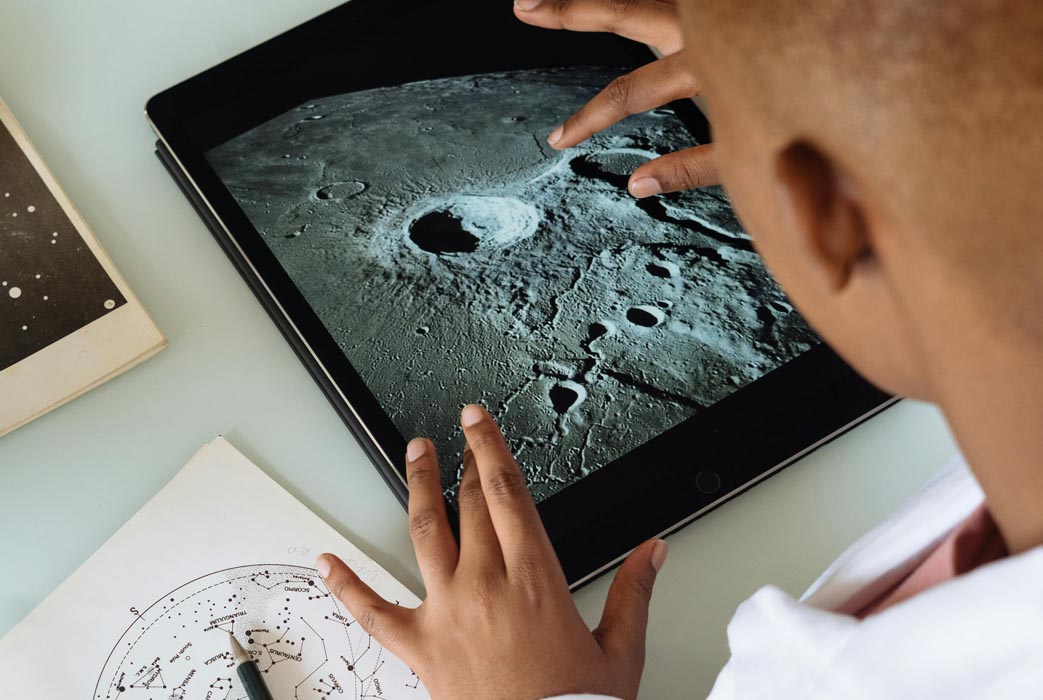
There are two ways to describe what a digital classroom “looks like.”
Firstly, a digital classroom will likely involve a physical classroom that has EdTech such as laptops, smart whiteboards or VR headsets. You’ll know you’re in a successful digital classroom when this technology is being used every day – when it’s inextricable from the learning that’s happening. Laptops or tablets will be out on desks, students may be wearing VR headsets, and so on.
However, this physical classroom is only part of the picture. A digital classroom usually also involves an online space or spaces. This may have any number of appearances or facets. A digital classroom might look like a class site with grades and teacher feedback, a discussion forum, or an educational social media channel – just as a few examples.
What digital tools make up a digital classroom?
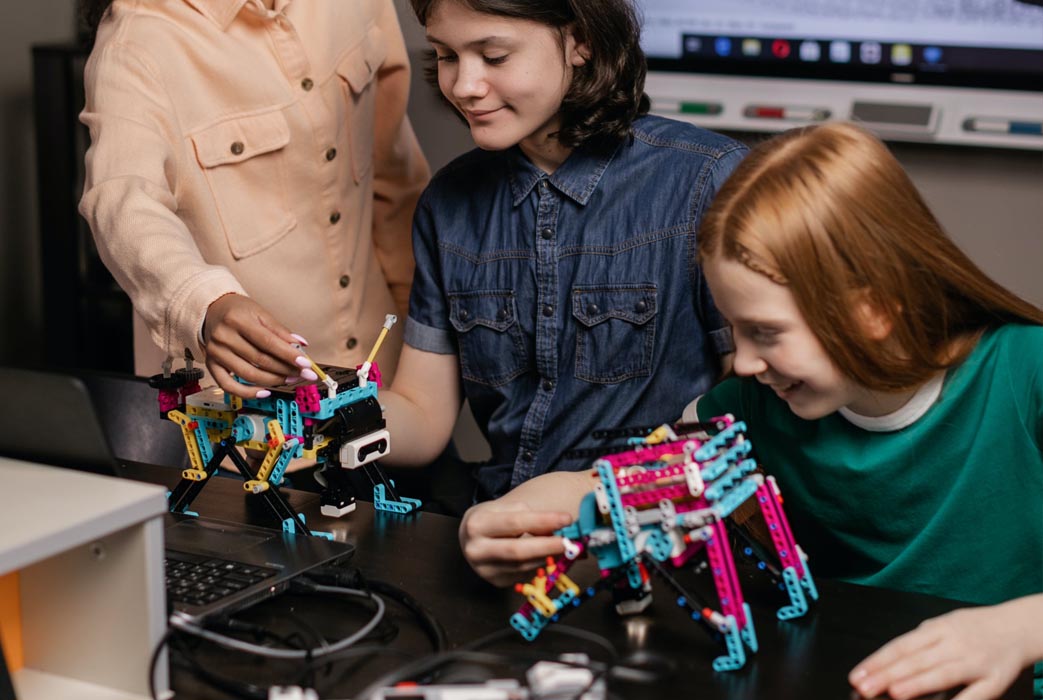
Part of what makes a digital classroom great is that its format is so flexible. It can be tailored to fit teachers’ and students’ needs and preferences, as well as the requirements of the curriculum.
Some typical components of digital technology in the classroom include:
- Online resources such as file downloads and videos
- Online discussion spaces such as forums, discussion threads or social spaces
- Online collaboration spaces such virtual whiteboards
- Online quizzes and tests
- Gamified learning and educational games, especially those that allow collaboration between students
- Adaptive learning software
- Virtual lessons using platforms like Zoom, often including collaboration and discussion functions like online poll, breakout groups and chats.
- Virtual reality (VR) immersive experiences
- Augmented reality (AR) experiences in which students engage with virtual objects
- Digital creation by students, including writing, graphs, art, music and video, sometimes using VR or AR.
What might a typical digital classroom equipment list look like?
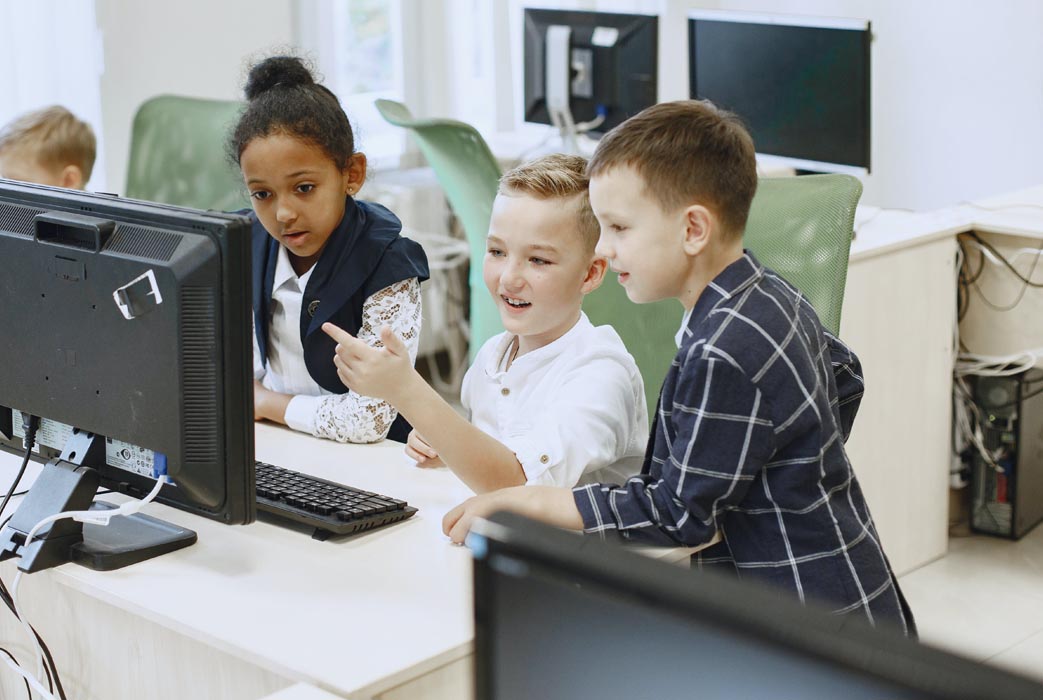
As we’ve mentioned, digital classrooms are immensely customizable. However, here we’ll list here some devices you might typically use, including the digital classroom equipment price you might expect for each.
Keep in mind that in addition to hardware, a digital classroom also relies on software and online platforms, both of which might involve subscription services with monthly or annual fees.
Tablets and laptops
Tablets and laptops are both great ways to open up students’ access to the digital world. You can opt for a Chromebook for under $250 or go for a higher-end MacBook at around $1,000. For younger students, tablets such as an iPad can be a great choice, and these may cost around $350, or less for refurbished models.
Smart whiteboards
Move conversations from the physical classroom into the virtual space with smart whiteboards that can save the work that’s written on them.
These can vary greatly in price, ranging from $1,000 for the simplest option to ten times that for the most sophisticated version.
Headsets for virtual reality and augmented reality
Virtual reality headsets such as those from ClassVR open up a whole new world of learning through immersive virtual experiences. And ClassVR’s headsets also come with access to a teacher portal and thousands of expertly designed resources including VR and AR content and lesson plans. Pricing for these varies depending on your specifics, but many grant and funding streams are available.
"Virtual reality in education transcends the traditional boundaries of classrooms and textbooks, offering a universe of possibilities where learning is an adventure, not a task. It's our responsibility to navigate this universe, guiding our students to explore, discover, and learn in ways we once only dreamed of." - Daniel Bryant (Integrated Development Leader & Immersive Technology)
What’s the difference between a digital classroom and a smart classroom?
If you’re a keen educational innovator who keeps up to date about advances in EdTech, then you’ll likely have heard about smart classrooms too. You might be wondering whether smart classrooms and digital classrooms are the same thing.
Actually, these two concepts are different, although they both involve digital technology in the classroom. According to @Rocco_Avantis - Educational Specialist, Avantis Education here at Avantis Education, smart classrooms can be defined as:
“[A] learning space that’s been enhanced with educational technology and is designed to improve the teaching and learning experience.”
The key word here is “enhanced.” A smart classroom is a physical classroom that benefits from the innovations and enhancements of technology. However, although EdTech is present, the “core” of a smart classroom is still a room in a building.
In contrast, a digital classroom isn’t just a physical space with enhancements. A digital classroom takes learning into digital spaces. While a digital classroom may be rooted in a physical space, the learning space is both physical and digital.
What are the benefits of learning in a digital classroom?
We’ve already touched on a few benefits of learning in a digital classroom – and there are more we haven’t mentioned yet, too.
Accessibility
Firstly, digital discussion spaces can be amazing for students who are shy, have anxiety, or have disabilities that mean they’re less likely to speak out loud in class. For example, some students with disabilities need just a little extra “think time” to put together their thoughts. In a fast-moving class conversation, they may not get a chance to share all of their insights, even when a teacher is making every effort to ensure each student gets an opportunity to speak.
A digital conversation can be totally transformative for these students. In online conversations, they can share their understanding in as many posts as they like, and they can take the time they need to compose their ideas.
On a similar note, students with disabilities can end up missing school or not being able to attend school for the solid block of schooling hours. Perhaps they need breaks or time out for doctors’ visits. A digital classroom can help break out learning from the restrictions of physical time and space.
Perhaps a student need to learn from home due to illness. A digital classroom means they can stay in the loop and feel as connected as possible to their peers through virtual lessons, digital discussions and more. Or let’s say someone is absent during the day of a virtual “school trip” to the Great Wall of China. No problem – they can use the VR headset to have that experience another day. It’s not like a physical school trip that can’t be replicated for a student who can’t attend.
Differentiation
Most teachers know that it’s ideal for their classwork to be “differentiated.” That just means that not every student is doing the exact same thing. Activities can be differentiated in different ways. They might be differentiated by ability, which means that students who need more support can have it, while those who want to go at a faster pace can do that too. Or they can be differentiated by interest, so that students can approach the same learning goal from different angles, depending on what inspires them.
However, as you can imagine, it’s quite tricky to implement differentiation in a non-digital classroom when you have only one teacher and twenty-five (or more) students.
Digital technology in the classroom opens up endless doors for differentiation. Students can select their own “paths” through learning material, depending on which order of ideas makes the most sense to them. Teachers using virtual reality headsets, like those from ClassVR, can assign students to groups and send different virtual reality experiences to different groups.
"Technology in education isn't just about digital tools and platforms; it's about recognizing and nurturing the unique strengths, interests, and learning styles of each student. By leveraging AI and VR, we can create personalized learning experiences that adapt to the needs of every learner, making education accessible, engaging, and effective for everyone." – Daniel Bryant (Integrated Development Leader & Immersive Technology)
Empowerment
These days, we understand how important it is for students to be the drivers of their own learning rather than just receiving knowledge passively. For one thing, this approach to learning builds students’ independence, their confidence and their problem-solving skills.
Digital classrooms are a perfect way to put students in charge of their own learning. Regular updates and feedback from teachers help ensure that students really understand their own progress and what they need to do next. Students are empowered to make decisions, and digital learning experiences are often more open-ended and investigative rather than being railroads from A to B. In contrast, educational material explained on a piece of paper has to be set out in a certain order – the rigidity is part of the medium.
What’s the key to success when you’re creating a digital classroom?
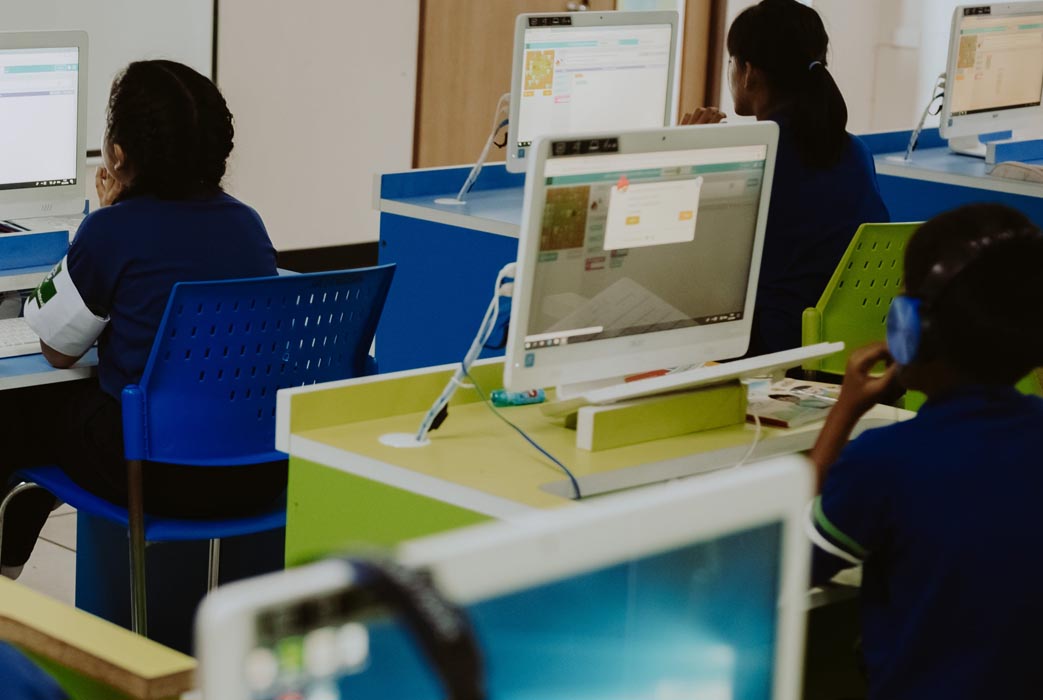
There are many aspects that play into the success of a digital classroom, but one key factor is that digital technology needs to be fully and deeply integrated into learning in every sense. With a digital classroom, you truly want to think outside the box – because that’s the power of digital technology in the classroom!
One of the biggest challenges in creating a digital classroom is truly expanding your concept of learning and thinking outside the limitations of a physical space. The danger is that lessons and learning will still be designed as they were for a non-digital classroom, not taking advantage of the benefits of EdTech.
For example, if students go onto an online collaborative space and each writes one post and submits it – then that’s mostly the same as if they had submitted the writing on paper.
However, if students engage in a real discussion online, posting, responding and engaging in fascinating conversations, then you’re reaping the rewards of a digital classroom. This type of discussion just wouldn’t be possible without digital technology.
"Innovation in education requires more than just new technologies; it demands a cultural shift. A shift towards embracing change, challenging the status quo, and reimagining what learning can be. This journey isn't just about adopting new tools; it's about transforming our mindset and unlocking the full potential of every learner." – Daniel Bryant (Integrated Development Leader & Immersive Technology)
Another similar pitfall is forgetting to set clear learning goals when you’re implementing digital activities. Remember, in order for your digital classroom to thrive, your digital components need to work smoothly with your curriculum, the learning level of your students, your assessments and your learning goals.
For example, it’s amazing to think that students can hold a virtual cell in their hand through augmented reality. When you’re designing a lesson to incorporate this activity, make sure you get the most out of it by incorporating your learning goals and the curricular standards and skills you’re working toward.
Is the goal for students to be able to understand, identify and name the structures within an animal cell? Then you’ll make sure your students understand this aim before you start, you’ll structure the augmented reality activity to focus on these aspects, and your assessment will assess these same skills.
Most of all, be creative! Digital technologies allow you to make so many ideas into a reality – the possibilities are so vast that we couldn’t possibly mention all of them here. One of the best things about digital technology in the classroom is that it removes limitations and enables communication in a completely new way. So, when you’re creating a digital classroom, let yourself be innovative, try new things, and enjoy the new paradigm that a digital classroom brings.
